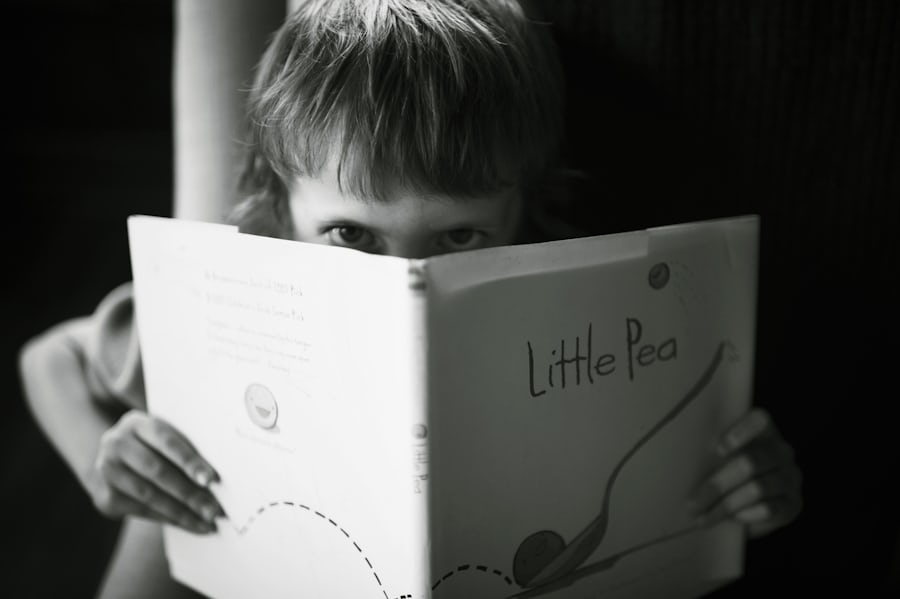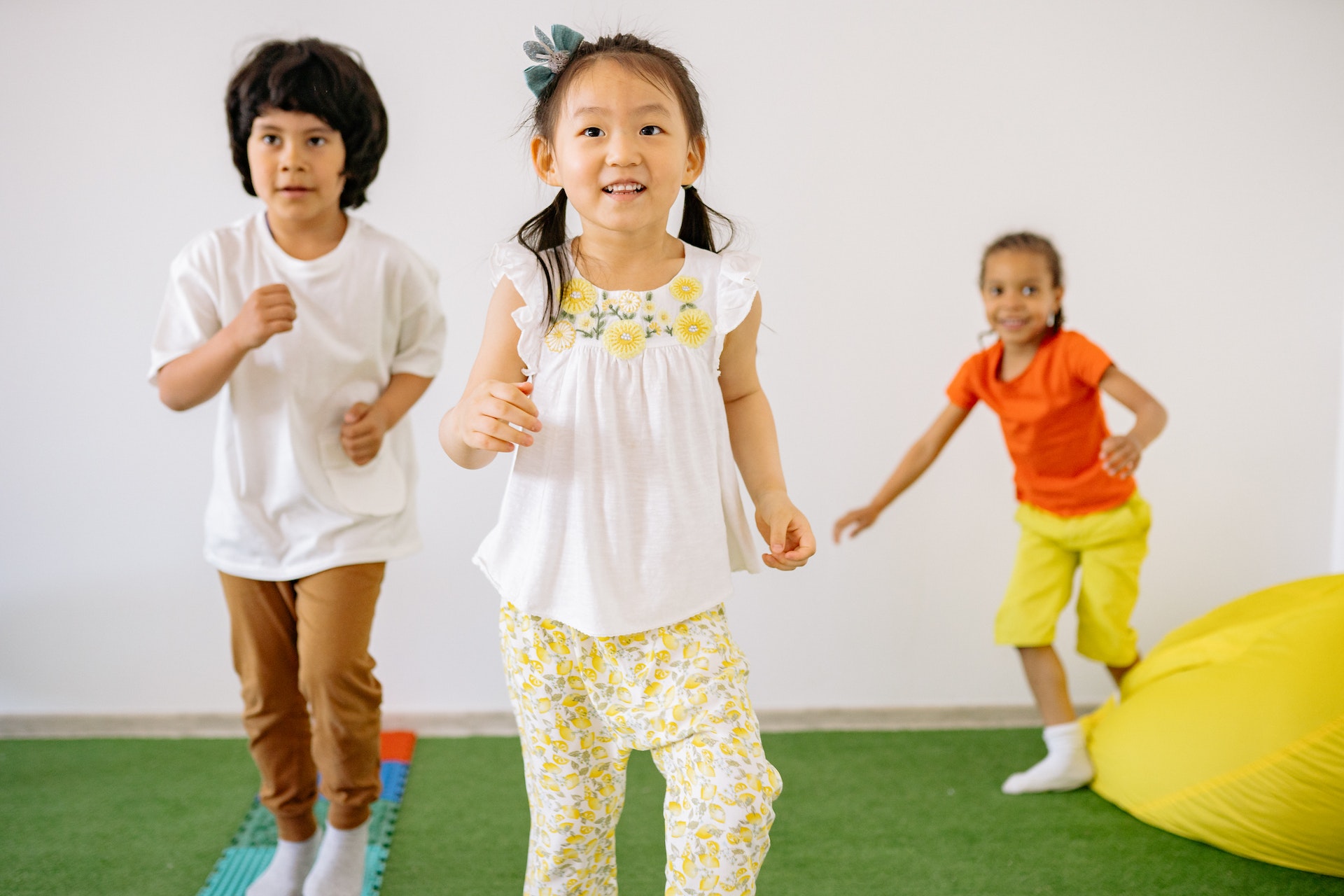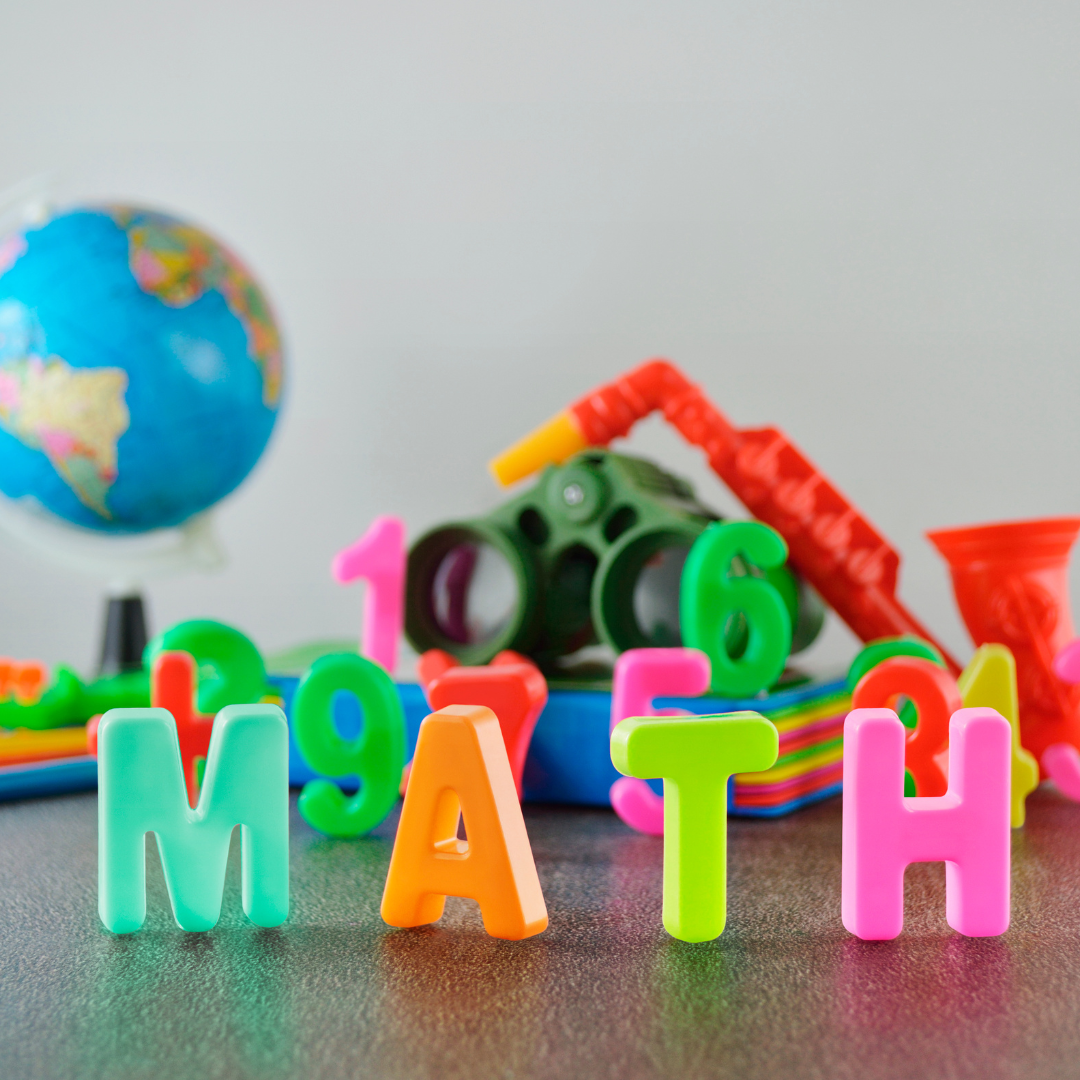You are probably looking for ways to get your preschooler, who has a love of books, started on reading. We believe one of the most effective places to begin reading is with the initial vowels (a,e, i,o,u) because when you introduce those first five sounds, they will allow you to create simple, real words that children can read immediately. When we help our child achieve early success, it builds confidence in their ability as readers, and confidence builds an eagerness to continue reading.

Via Unsplash
What Short Vowels Actually Do
The short vowel sounds are the basic building blocks of the sounds found in the majority of English words. They are: a as in apple, e as in bed, i as in pig, o as in box, and u as in sun. It is easiest for young children to begin learning these sounds and combining them with a small number of consonant sounds, such as m, s, t, p, n, when they start blending sounds together to be able to read real words.
This is where CVC (Consonant-Vowel-Consonant) words come in. Examples of CVC words include cat, map, sit, ten, hop, and sun. All of the examples follow a basic pattern that allows young readers to use their phonics skills to sound out each word by reading from left to right rather than guessing. Sounding out words from left to right is one of the best ways for kids to develop the habit of using phonics while reading.
How To Teach It In Minutes A Day
Short and fun; 5-8 minutes, daily; morning and/or afternoon.
- Sound before symbol: Make the sound, then touch the letter
- Build and blend: Put m, a, p together on cards/whiteboards. Underneath the letters, slide your finger and say each sound. The sounds build into “map”. At that moment, celebrate when your child says “map”…they heard the words as one word.
- Switch a single sound: Change map to mop by swapping the vowel. Then make mop to pop by swapping the first consonant. One tiny change keeps the task doable and fun.
- Read and write: After reading a set of three or four CVC Words, help your child to write one or two. Big letters, chunky crayons, and a relaxed grip help little hands.
When And Where It Works Best
Typically, by the age of three to five years old, most children begin to show an interest in exploring sounds. You know your kid, follow where they lead you. Find a comfortable place, like at the kitchen table, on the rug, or on a picnic blanket outside. Use minimal resources. All you will typically require is some letter cards, magnet letters, or a marker and a piece of paper. The focus should be on calm and frequent practice rather than creating the “perfect” environment.
Reading early isn’t about being in a competition. Rather, it’s about creating a daily routine that allows children to grow into their reading skills with time. Early reading with short vowel sounds can be a very encouraging “on ramp” for children to build confidence with a couple of letter combinations, a small number of letters, and your ongoing encouragement; and before long, you’ll be watching as the child’s first actual reading words begin to grow.












